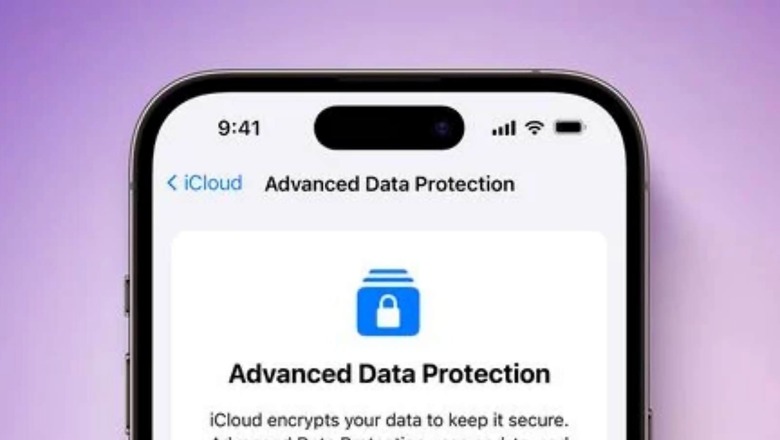
views
Apple iOS 16.3 Update: Apple is set to release the latest iOS 16.3 update for iPhone users next week. The new update is coming with a major security feature for global users. It includes end-to-end encryption for many additional iCloud data categories, including Photos, Notes, Voice Memos, Messages backups, device backups and more.
The latest iOS 16.3 update also includes a few other changes and features – Security Keys for Apple ID, Advanced Data Protection, support for the new second-generation HomePod, a new Unity wallpaper and more.
With Security Keys for Apple ID feature, You can now use a physical hardware security key to serve as the second layer of authentication for your Apple ID, 9to5mac reported. Also, iPhone will now wait until you release the buttons to call emergency services, even after the countdown.
Apple iOS 16.3 Update: Advanced Data Protection On iCloud
iCloud Advanced Data Protection feature was rolled out at the end of last year with iOS 16.2 in the United States. Now, Apple is expanding this feature beyond the United States. Starting with iOS 16.3, the security feature will be available globally.
As per the report, all users will be able to activate iCloud Advanced Data Protection, an end-to-end encryption feature for almost all data stored in iCloud, including messages, photos, and device backups. iCloud already provides end-to-end encryption for 14 data categories without Advanced Data Protection turned on. Now, Advanced Data Protection expands this protection to the vast majority of iCloud categories, with major exceptions including the Mail, Contacts, and Calendar apps.
How To Enable iCloud Advanced Data Protection
If you want to enable iCloud Advanced Data Protection, open Settings -> [your name] -> iCloud -> Advanced Data Protection and follow the steps to turn it on.
Apple is also fixing the big display issue on iPhone 14 Pro Max with the iOS 16.3. The company recently acknowledged the issue in an internal memo last week and said a fix was incoming. As per MacRumors, the bug fix indicates it’s a software issue, rather than a hardware defect.
Read all the Latest Tech News here

















Comments
0 comment